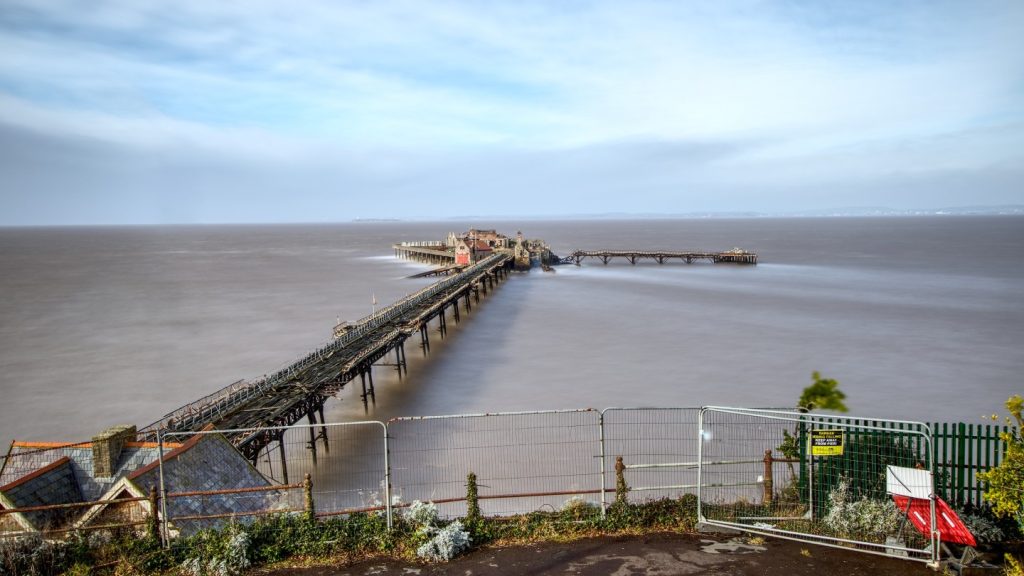Japanese construction company Shimizu has released plans for an underwater city concept capable of accommodating 5,000 permanents residents.
The Ocean Spiral design is expected to cost JPY3tn ($25bn) and, according to the company, all technology could be in place by 2030.
A Shimizu spokesman said: "The company, in cooperation with many organisations, has spent two years to design the project working with technologies we think will be plausible in the future."
Ocean Spiral is the third project to be proposed by Shimizu, following the floating metropolis and placing a solar power ring around the moon.
The design incorporates a 500m-wide floating sphere connected to a resource centre on the ocean floor through a 15km helical path.
See Also:
The sphere would float on the sea surface but during poor weather conditions could be submerged down the centre of the spiral to depths of up to 4,000m.
How well do you really know your competitors?
Access the most comprehensive Company Profiles on the market, powered by GlobalData. Save hours of research. Gain competitive edge.

Thank you!
Your download email will arrive shortly
Not ready to buy yet? Download a free sample
We are confident about the unique quality of our Company Profiles. However, we want you to make the most beneficial decision for your business, so we offer a free sample that you can download by submitting the below form
By GlobalDataThe buoyant dome would accommodate both businesses and residential zones, and the helical path would double-up as a resource development factory to tap rare metals and rare earths.
Scientists could develop methods to excavate and use energy resources from the seabed at the base of the scheme, reports the Guardian.
According to Shimizu officials, the technology required to build the new structure will be available within a 15-year period.
The concept has been developed with Tokyo University and the Japan Agency for Marine-Earth Science and Technology (JAMSTEC), and other organisations.







